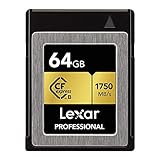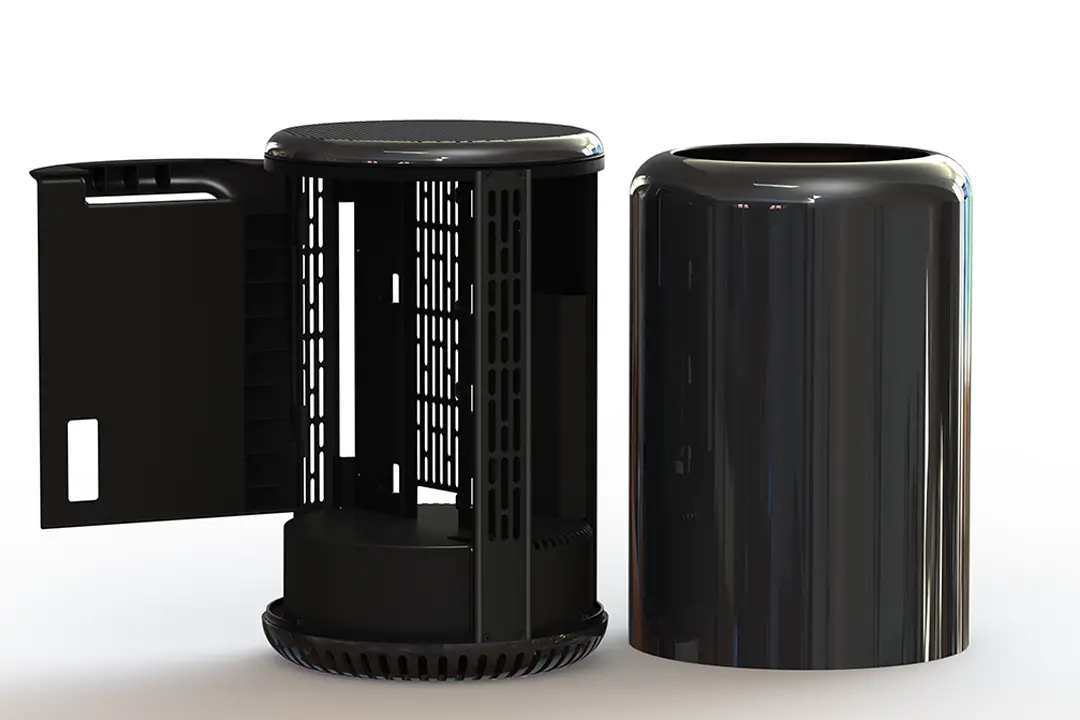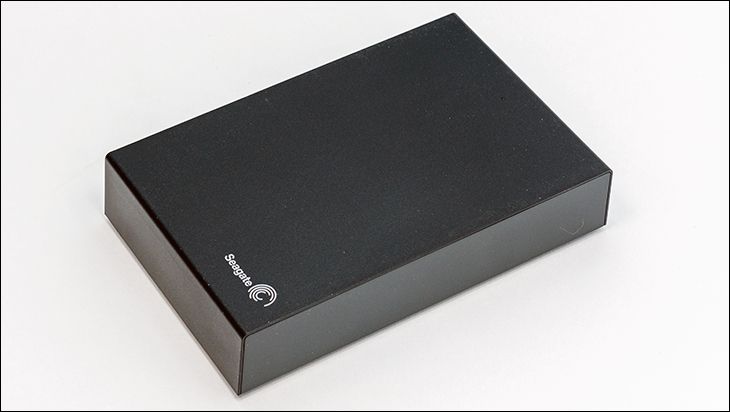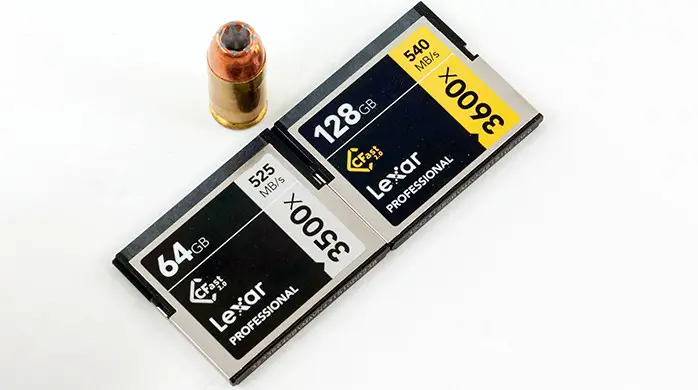Like all Lexar Professional series, the XQD Professional 2933X series comes in a classic Lexar shipping container. That is to say, elegant and information – albeit a touch easy to confuse with any of the other Lexar Professional models.
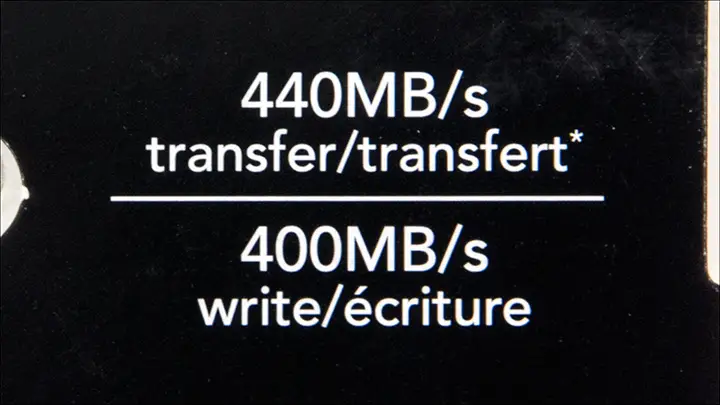 On the positive side the front not only has a nice picture of the card and the accessories which are housed inside it, but also states what the card’s performance rating is in MB/s. More impressive still is it lists not only the read but the write performance specification. In the XQD 2933x this means 440Mb/s read and 400Mb/s write – which makes this the fastest XQD card available today.
On the positive side the front not only has a nice picture of the card and the accessories which are housed inside it, but also states what the card’s performance rating is in MB/s. More impressive still is it lists not only the read but the write performance specification. In the XQD 2933x this means 440Mb/s read and 400Mb/s write – which makes this the fastest XQD card available today.
 Opening up the box we can see that much like the CFast or CF series of Professional cards, the XQD 2933X does not come with a USB card reader. Instead consumers will have to purchase a XQD 2.0 reader separately. Be warned though, that not every XQD card reader will work with this new generation of XQD cards. As this is a XQD 2.0 based model the card expects to have access to 10Gbits worth of PCIe lanes and not 5Gbits like earlier ‘1.0’ models. Basically look for ‘2.0’ in the specifications, and ‘USB’ block logo on the front of any card reader and will should fine. Though if you want to be 100 percent certain the Lexar XQD WorkFlow card reader is guaranteed to work with this new generation of cards.
Opening up the box we can see that much like the CFast or CF series of Professional cards, the XQD 2933X does not come with a USB card reader. Instead consumers will have to purchase a XQD 2.0 reader separately. Be warned though, that not every XQD card reader will work with this new generation of XQD cards. As this is a XQD 2.0 based model the card expects to have access to 10Gbits worth of PCIe lanes and not 5Gbits like earlier ‘1.0’ models. Basically look for ‘2.0’ in the specifications, and ‘USB’ block logo on the front of any card reader and will should fine. Though if you want to be 100 percent certain the Lexar XQD WorkFlow card reader is guaranteed to work with this new generation of cards.
Also please note that this issue is not limited to just XQD card readers and this new generation may not work in all XQD cameras unless they get firmware upgrades (for example the Sony FS7). That however is a failure of the camera manufactures and not this card. Just be aware of this teething issue and you will be fine.
 On the positive side, Lexar does include a free serial number for their Image Rescue 5 program and that does somewhat help blunt the steep asking price of this new card.
On the positive side, Lexar does include a free serial number for their Image Rescue 5 program and that does somewhat help blunt the steep asking price of this new card.
 On the surface this 2933X card does not look all that different from its predecessor the XQD 1.0 1400X series. That is to say it 38.5 mm × 29.8 mm × 3.8 mm and is mainly made up of metal with only plastic edging. The reason for all the metal is so that the high performance internals can use them as heatsinks, and during extended usage these cards can indeed get warm. However, even in extended trials will they never get hot enough to burn. In this regards there really is little difference from the XQD 2.0 and CFast 2.0 series – as both handle heat stress better than 800x & 1066x CompactFlash cards.
On the surface this 2933X card does not look all that different from its predecessor the XQD 1.0 1400X series. That is to say it 38.5 mm × 29.8 mm × 3.8 mm and is mainly made up of metal with only plastic edging. The reason for all the metal is so that the high performance internals can use them as heatsinks, and during extended usage these cards can indeed get warm. However, even in extended trials will they never get hot enough to burn. In this regards there really is little difference from the XQD 2.0 and CFast 2.0 series – as both handle heat stress better than 800x & 1066x CompactFlash cards.
However, as you can see XQD cards are slightly more compact than CF or CFast 2.0 cards. There are technical reasons for this massive difference, but mainly it was to help distinguish XQD from CF cards… as Nikon and Sony felt that it would be a bad thing if consumers tried to jam a XQD card into the secondary CF card slot of a five to six thousand-dollar camera!
Internally XQD does rely upon a radically different protocol than either CompactFlash or CFast. Basically while those competing technologies use ATA as their foundation XQD used PCI-e. For all intents and purposes you can consider a CFast card to be a miniature SATA Solid State Drive, whereas you can consider XQD to mini PCI-e Solid State Drives. As PC enthusiasts know PCI-e offers a dramatically wider bus, and as time goes by is extremely easy to upgrade from an older PCI-E to new PCI-e standards. In fact, this is basically what the governing body of XQD did when they released the 2.0 standard: they doubled the bandwidth by simply using the new PCIe 3.0 standard!
The upside to this is technically the XQD standard will scale much higher and faster than ATA based technologies. Unfortunately, as XQD has yet to really catch on outside very expensive cameras this theoretical performance potential remains just that theoretical. This is why, SATA based CFast 2.0 cards are right now faster than this the fastest XQD series to be ever released. As time goes by it will be interesting to see which competing standard ‘wins’, but in the meantime if you are purchasing a next generation Canon camera you will be looking at CFast (and CF as a backup), whereas for Nikon next generation consumers this means XQD (with CF as a backup). As you will see later in this review that means that if you want to actually get the ‘rated’ burst capacity that Nikon D5 and D500 boast it means purchasing this model XQD… as everything else will be slower! This in conjunction with economies of scale (as in fewer XQD cards are sold than CF or CFast) is why this particular series is so expensive. Put another way, performance costs and if you want the best XQD card series available expect to pay a premium for it.

Flipping over this little powerhouse you can see that much like any professional grade storage device the power and data contact pads are not housed on the outside. Rather they are recessed inside the end of the chassis. More importantly XQD cards are keyed so as to not only protect the storage device from accidents but also protect the camera from trying to jam in the card backwards. Considering how small these cards are, this is a real possibility with novice consumers and should help alleviate any fears of moving away from SecureDigital or CompactFlash to this more ‘exotic’ storage medium.



